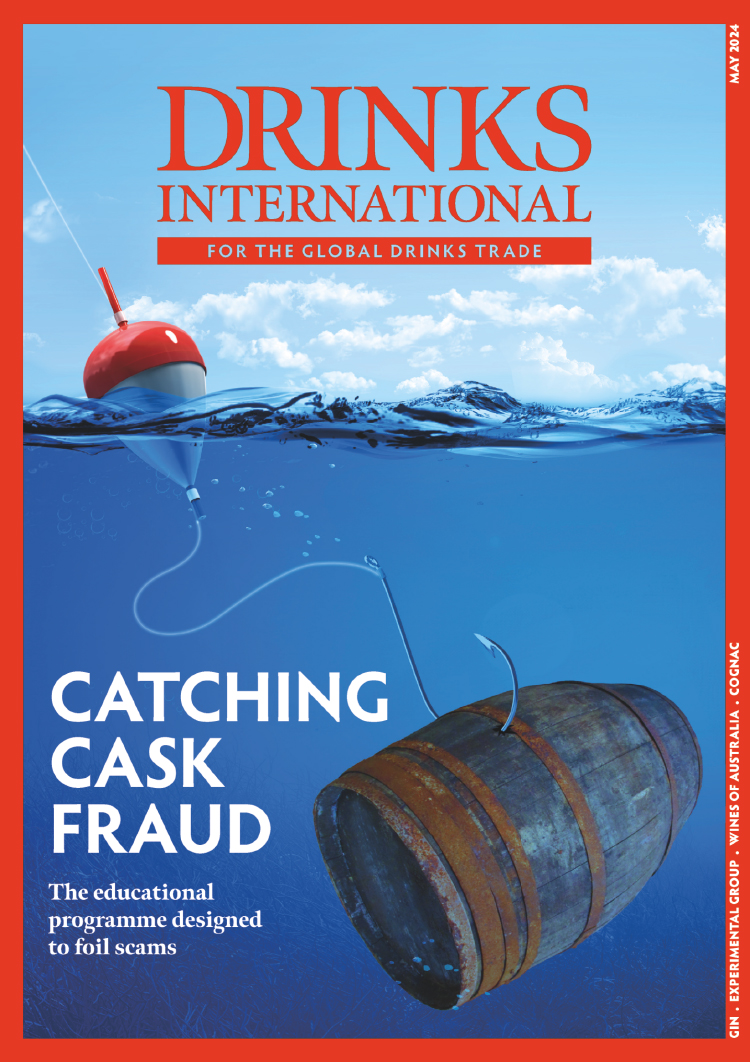By nature both companies play their cards close to their chest, and are not forthcoming when it comes to providing details on whether they are increasing production and how quickly drinkers will see more bottles on the shelves.
PEAK PRICES?
In the meantime, though, surely prices are set to peak and the Japanese whisky bubble will burst? Seems not.
“Japanese whisky has now established itself as a credible force within the whisky category,” says Jane Ashley, Suntory brand manager for Maxxium UK. “In 2017, Suntory will continue to focus on the luxury end of the market, prioritising key cities internationally, such as London, Singapore and Paris. Expect to see new and exciting launches in the international regions and in global travel retail later this year.”
David Robertson, a director for Rare Whisky 101, argues that prices will stay high both at retail and in the secondary auction market.
“Japanese whiskies are able to create demand ahead of supply,” he says. “They are now, rightly, highly sought after and, led by Karuizawa and the Number One Drinks team and some of the excellent work by Suntory on Yamazaki, there has been a growing consumer appetite.
“While quality and rarity remain solid, prices have risen so much on the secondary market that they now influence all new product releases resulting in buyers (collectors and investors) seeing less immediate value. The third (and most important) buyer group – the drinker/connoisseur – will continue to weigh up what he or she can get for the same money across the whisk(e)y category – Scotch, Irish, American, Japanese and New World whiskies.”
So does that mean your chances of enjoying a Japanese whisky without taking out a mortgage are all but non-existent? Not quite. Hombo has plans for extensive export growth for whisky from its Mars Distillery and opened a second distillery in November.
The non-age statement whiskies from both Suntory and Nikka are outstanding and are becoming increasingly available.
“Suntory will see an increase in the non-age statement whiskies, particularly Yamazaki Distiller’s Reserve and Hibiki Japanese Harmony,” says Maxxium’s Ashley. “While the aged statements are more limited, there will be a small increase in allocation of Yamazaki 12 Year Old and we are prioritising stock for key on-trade accounts.”
The ability of the main suppliers to export Japanese single malt across the world is made more complex by the fact that it has become fashionable within Japan itself. For long periods domestic Japanese whisky was consumed by ‘salary men’ and was largely regarded as of indifferent quality. It was shunned by fashionable younger drinkers, who sought out the finest scotch whisky in what is largely considered the most diverse and dynamic country in the world for alcoholic drinks.
INTELLIGENT MARKETING
But a combination of countless awards worldwide and intelligent marketing by has resulted in a renewed interest in home-produced malt. And a new generation of drinkers, particularly women, have been attracted to the Mizuwari Highball serve, with Yamazaki mixed with soda water served over ice.
So much so that stock was withdrawn from some export markets to meet internal demand. It may be, then, that in the short or medium term, the place to go to drink Japanese whisky is Japan. Certainly Number One Drinks Company’s Miller would agree.




